Try this litmus test, type “beat a drug test” into Google™ and see how many results come back. The number should be greater than a million.
We recently came across an interesting story from a Pittsburgh, Pennsylvania news station. The report deals with products designed to help drug users mask their drug use in an attempt to beat a drug test. The story touches on products like “The Whizzinator” and other devices and products used in an attempt to subvert the drug testing process, and is worth a few minutes of your time to review.
As long as there are employee drug testing programs, there will be some drug using applicants and employees who will try and beat the test. At Quest Diagnostics we recommend three solutions that employers should consider to help ensure that their donors’ results are accurate and unadulterated.
1) Specimen Validity Testing. Every specimen that we test is subjected to basic validity testing ensure that the specimen has not been diluted, tampered or otherwise adulterated.
2) Collection Protocol. One way that users may try to beat a drug test is to substitute ‘clean’ urine in place of their own. Having a proper collection protocol in place including looking for suspicious behavior; displaying pocket contents, leaving coats, purses etc outside the restroom; ensuring that access to water is restricted; and correctly verifying the sample temperature at time of collection can help to detect potential cheaters.
3) Varied Test Types. One of the advantages of doing business with Quest Diagnostics is our broad panel of testing options. In addition to our standard, lab-based urine test, we also offer instant urine testing, lab-based oral-fluid testing and hair testing. Since all oral-fluid and hair tests are observed, a donor’s ability to adulterate or substitute their specimen can be greatly reduced. Furthermore, combining tests, like a urine (or oral-fluid) test with a hair test gives both a recent and a historical picture of a donor’s drug use, and renders the adulteration of one specimen type ineffective at cheating the overall program’s one-two punch.
So while drug test adulteration is a legitimate industry concern, Quest Diagnostics has a number of solutions in place to help you stay one step ahead of those who would look to undermine your testing program.
For more information about drug testing, visit our website.
 Your Privacy Choices
|
Privacy Notices
|
Terms
|
Language Assistance / Non-Discrimination Notice | Asistencia de Idiomas / Aviso de no Discriminación | 語言協助 / 不䈚視通知
Your Privacy Choices
|
Privacy Notices
|
Terms
|
Language Assistance / Non-Discrimination Notice | Asistencia de Idiomas / Aviso de no Discriminación | 語言協助 / 不䈚視通知
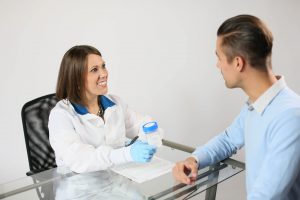

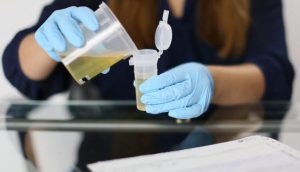

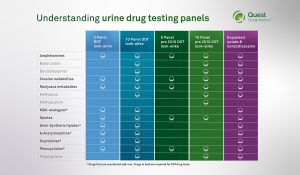
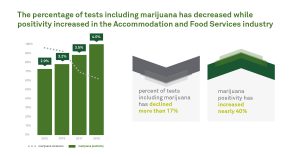
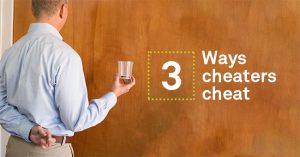

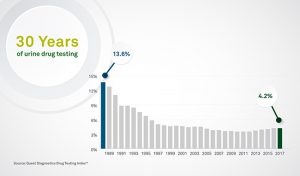
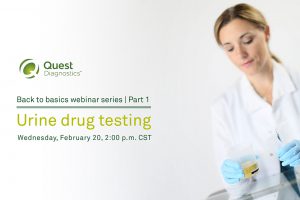

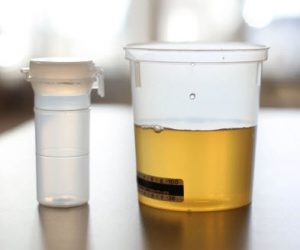
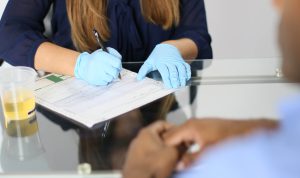

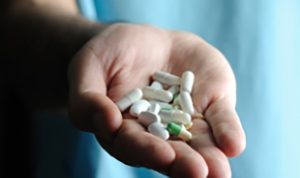




Try this litmus test, type “beat a drug test” into Google™ and see how many results come back. The number should be greater than a million.
We recently came across an interesting story from a Pittsburgh, Pennsylvania news station. The report deals with products designed to help drug users mask their drug use in an attempt to beat a drug test. The story touches on products like “The Whizzinator” and other devices and products used in an attempt to subvert the drug testing process, and is worth a few minutes of your time to review.
As long as there are employee drug testing programs, there will be some drug using applicants and employees who will try and beat the test. At Quest Diagnostics we recommend three solutions that employers should consider to help ensure that their donors’ results are accurate and unadulterated.
1) Specimen Validity Testing. Every specimen that we test is subjected to basic validity testing ensure that the specimen has not been diluted, tampered or otherwise adulterated.
2) Collection Protocol. One way that users may try to beat a drug test is to substitute ‘clean’ urine in place of their own. Having a proper collection protocol in place including looking for suspicious behavior; displaying pocket contents, leaving coats, purses etc outside the restroom; ensuring that access to water is restricted; and correctly verifying the sample temperature at time of collection can help to detect potential cheaters.
3) Varied Test Types. One of the advantages of doing business with Quest Diagnostics is our broad panel of testing options. In addition to our standard, lab-based urine test, we also offer instant urine testing, lab-based oral-fluid testing and hair testing. Since all oral-fluid and hair tests are observed, a donor’s ability to adulterate or substitute their specimen can be greatly reduced. Furthermore, combining tests, like a urine (or oral-fluid) test with a hair test gives both a recent and a historical picture of a donor’s drug use, and renders the adulteration of one specimen type ineffective at cheating the overall program’s one-two punch.
So while drug test adulteration is a legitimate industry concern, Quest Diagnostics has a number of solutions in place to help you stay one step ahead of those who would look to undermine your testing program.
For more information about drug testing, visit our website.